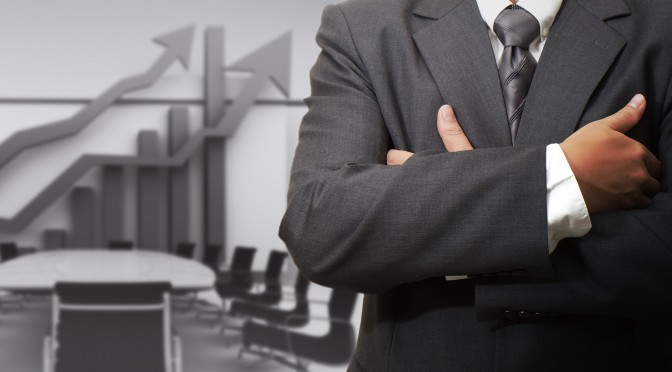The Federal Reserve may have handed the QE baton off to the ECB, but what hasn't changed is its Zero Interest Rate Policy that was instituted way back in December 2008. Who knew back in 2008 the term "extended period" would equate over six years and counting of ZIRP.
When your friend asks to borrow money from you and offers to repay after an 'extended period', you might want to rethink that loan, especially if that friend is from the Federal Reserve.
If keeping interest rates at zero for an 'extended period' is great for the economy, why even have an interest rate policy? The side effects of Zero Interest Rate Policy are vast and have already taken a deep and strong root in our financial system.
ZIRP has forced investors out of the safety of savings. It has also created a debt fueled share buyback boom. Corporations are buying back their own stock like never before, and at record high prices.
Seemingly every earnings report has a new share buyback program attached to it... and it doesn't seem to matter if the earnings report was good or bad.

or if it's a small company or a big one.

Corporations are using low interest rates to borrow money to issue dividends and buy back stock. Stock buybacks reduce the number of outstanding shares, and turn good earnings per share figures, into even better earnings per share figures. Wall Street loves big numbers.
We've dismantled corporations' role as engines for shared prosperity and growth, and turned them into ATMs for the wealthy. - Jeff Spross The Week 2-15-15
It also keeps a constant bid under the stock. A buyback program isn't watching the News in Greece, or wondering if this is the Ali Bah Bah Top. It's buying and its going to buy if retail sales are weak, the government shuts down, Crude Oil spikes higher... nothing matters, and it continues to be reflected in a stock market that doesn't care.
Corporations aren't putting their money to work hiring employees, they are using their money to buyback stock. Over 50% of corporate earnings of S&P500 companies since 2003 has been devoted to buybacks.
....buybacks have become a massive phenomena; from 2003 to 2012, the 449 publicly listed companies on the S&P 500 devoted $2.4 trillion — a whopping 54 percent of their earnings — to buybacks. - Jeff Spross The Week 2-15-15
Stock buybacks are manipulative in nature. They create artificial demand for stock and they augment earnings per share. With corporate executives being paid in stock and options it benefits them to get the company share price as high as possible. Why put money into CAPEX, hiring new employees, growing, building, when the best bang for the corporate buck comes in the form of a share purchase program?
With the Federal Reserve and every other Central Bank still keeping things 'easy' investors are stuck in a world where saving your money means losing money... if that makes any sense, which it does... but it doesn't. We were all taught to save when we were young and now the leaders of the Global Economy wants us not to save. They want us to spend and out our savings in risky assets. Corporations are using these historic low interest rates to finance buybacks of their own stock and dividends to inflate their stock price.
Last year $AAPL instituted a $94 BILLION share buyback program and ended up buying over $54 billion of its own stock. Wonder what over $54 billion of additional buying pressure does to a stock?...... New all time highs. In 2014 the $94 billion $AAPL allocated for buying back stock would have made it the largest Hedge Fund in the world.
In total, the S&P 500 companies spent an aggregate $143.4 billion on share repurchases last quarter and $567.2 billion on a trailing 12-month basis. Those figures represent 16% and 27% respective increases from the same periods last year and put Apple’s contribution at 11.8% and 8.1%, respectively. - Marketwatch.com
The buybacks have got so out of hand there is even an ETF for it. State Street launched a buy back ETF earlier this month with the ticker SPYB.
The ETF looks to track the performance of the S&P 500 Buyback Index, which provides exposure to 101 companies in the S&P 500 with the highest buyback ratio in the last 12 months. The index follows an equal weighted strategy and is rebalanced quarterly. The equal weighted strategy ensures that the index’s assets are quite well diversified with none of the individual holdings having more than 1.2% exposure in the fund - State Street
The issue going forward, is what happens when all these buyback end. Right now investors are fighting the very same companies they are investing in for stock. Inevitably prices will rise. But when the buyback programs grind to a halt the endless buyback bid will vanish.
The cause will be higher interest rates and more expensive debt. Cheap debt makes everyone look smart and turns corporations into 'ATM machines'.
Everything looks so pretty now. Record high stock prices, wonderful earnings... but at some point it will be last call. The music stops on the buyback dance floor, the lights come on... (don't lie you've been there before) and that person you were dancing with looks nothing like you thought just minutes earlier. It's going to get real ugly out there.
